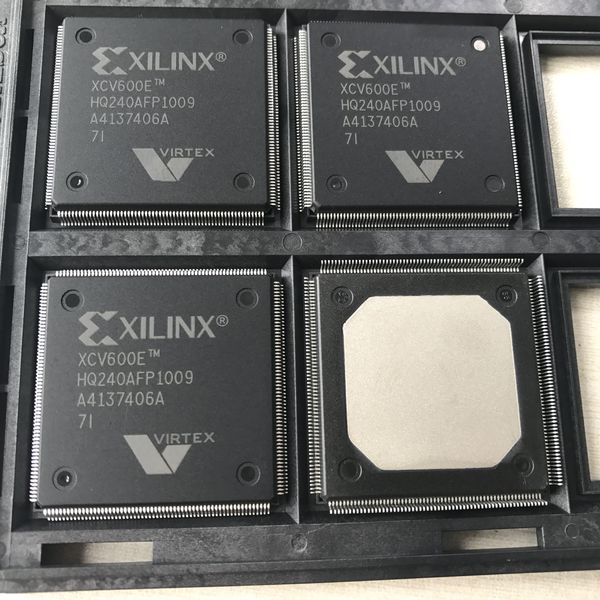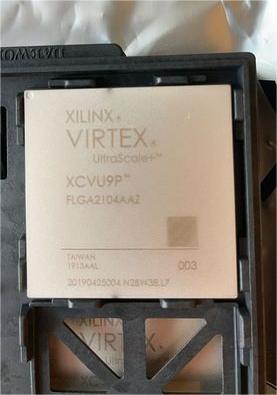The Xilinx IC FPGA XCV600E-7HQ240I is a Field-Programmable Gate Array (FPGA) produced by Xilinx. Here are the key details about this specific FPGA:
- Manufacturer: Xilinx
- Part Number: XCV600E-7HQ240I
- Type: FPGA (Field-Programmable Gate Array)
- I/O Count: 158 I/Os
- Package/Case: 240QFP (Quad Flat Package)
-
DataSheet
Purpose:
FPGAs are semiconductor devices that are designed to be configurable after manufacturing, allowing for the implementation of custom digital logic circuits. The XCV600E-7HQ240I is designed for applications where a moderate number of I/Os and moderate logic capacity are required.
Applications:
FPGAs are used in a wide range of applications, some of which include:
- Communication Systems: In radio frequency (RF) systems, such as those used for wireless communication.
- Industrial Control Systems: Use of FPGAs in monitoring and control systems.
- Test and Measurement Equipment: Utilizing FPGAs for signal processing and data acquisition functions.
- Automotive Electronics: Leveraging FPGAs for various automotive applications, including infotainment systems and driver assistance.
Development and Programming:
Xilinx provides development tools such as the ISE Design Suite or Vivado Design Suite to design, program, and debug FPGAs like the XCV600E-7HQ240I. Utilizing Hardware Description Languages (HDL) such as Verilog or VHDL, developers can describe the desired behavior of their circuits and use the Xilinx tools to synthesize these descriptions into configurations for the FPGA.
Features:
- Moderate I/O Count: With 158 I/Os, this FPGA can interface with a reasonable number of external devices.
- Moderate Logic Capacity: Although smaller than some other FPGAs, this device is still capable of implementing a wide range of digital systems.
- Package Type: The 240QFP package is a Quad Flat Package, offering a surface-mount packaging option for the FPGA.
Summary:
The Xilinx XCV600E-7HQ240I is a mid-range FPGA suited for applications requiring moderate logic capacity and I/O capabilities. While smaller in terms of I/O count compared to some higher-end FPGAs, the device still offers the flexibility and reconfigurability that FPGAs are known for. When working with this FPGA, developers should refer to the device datasheet, user guides, and reference designs provided by Xilinx to effectively utilize its features and capabilities in their designs.



